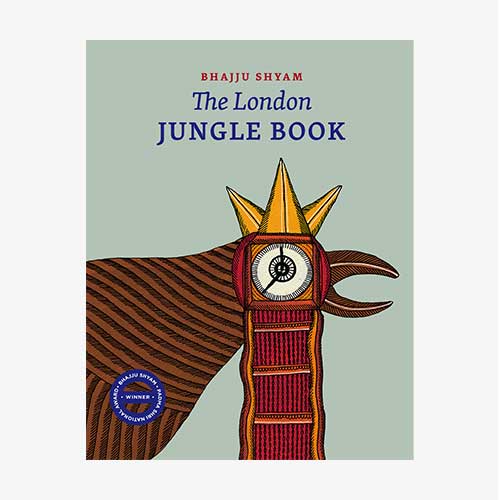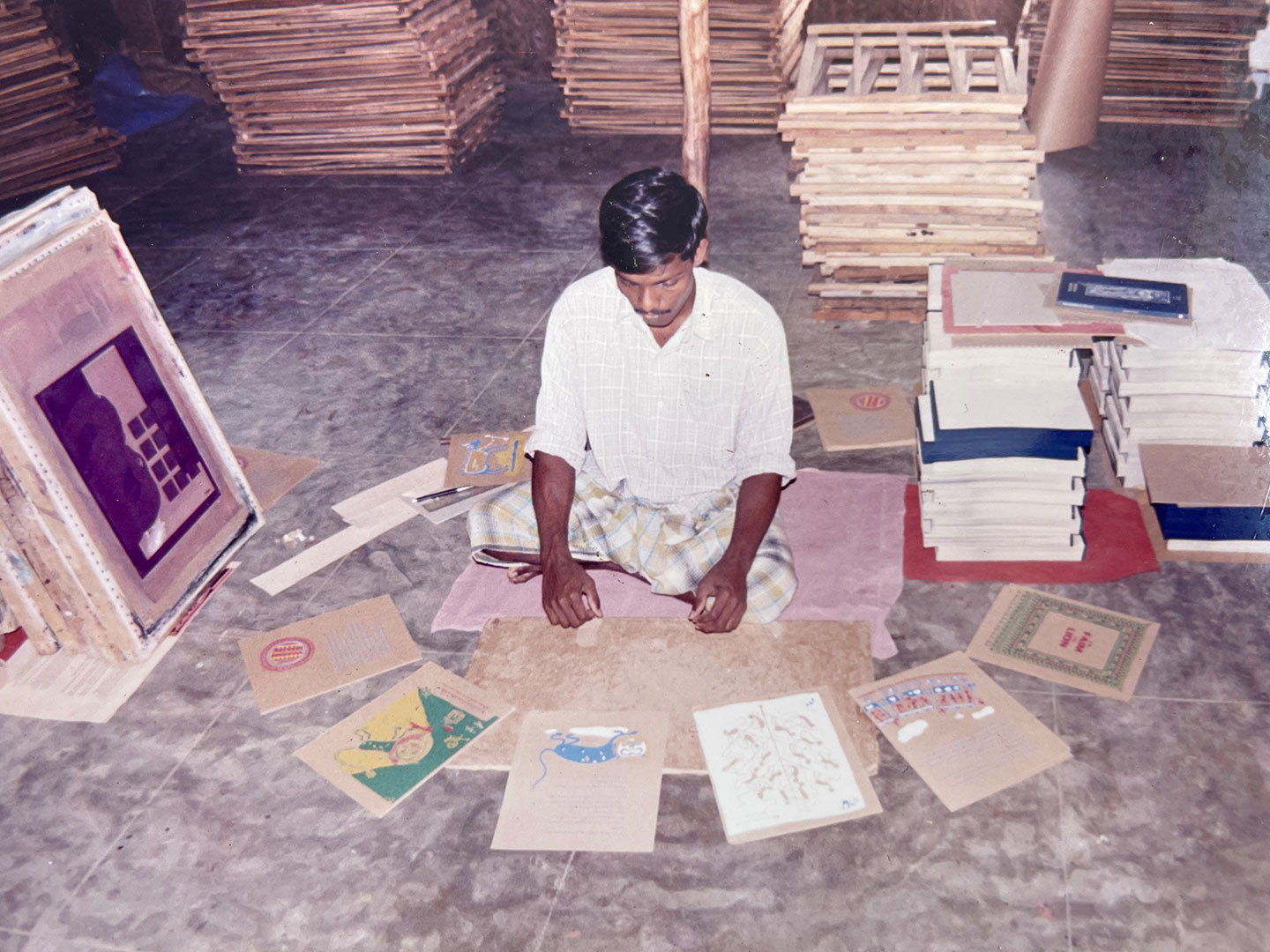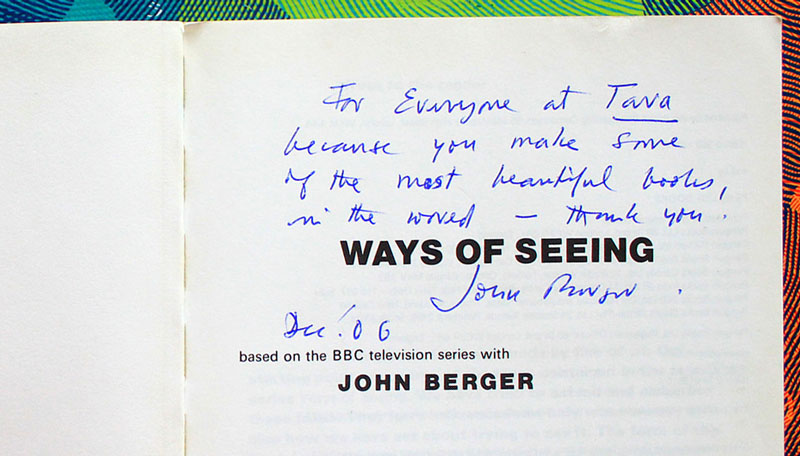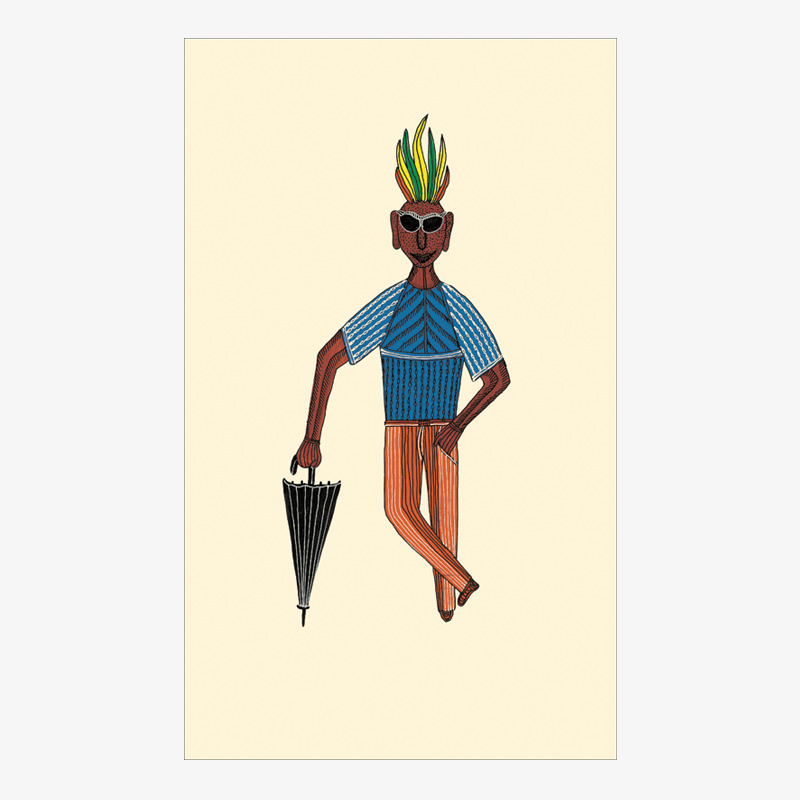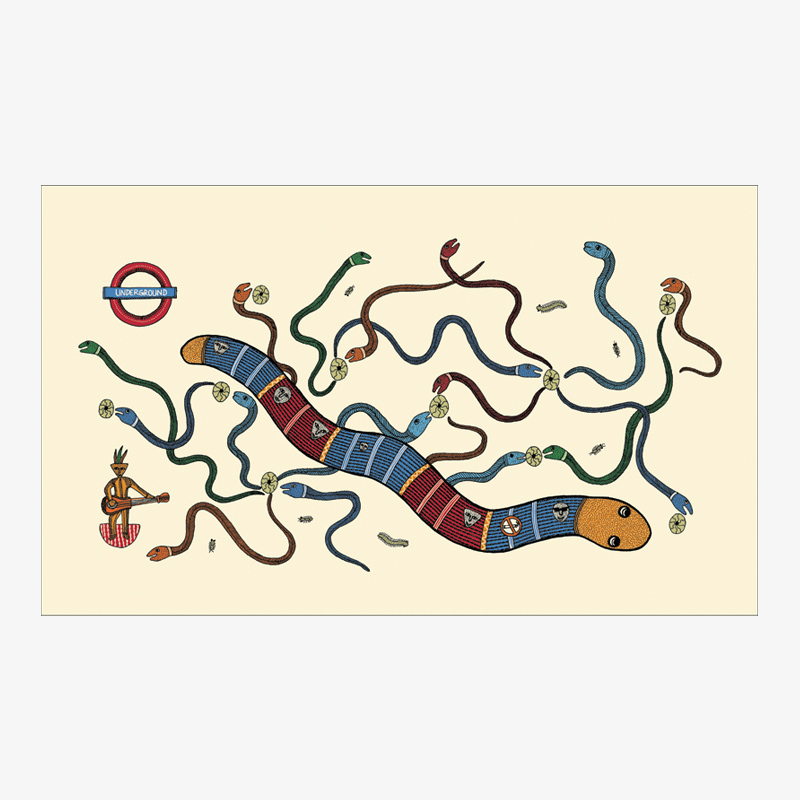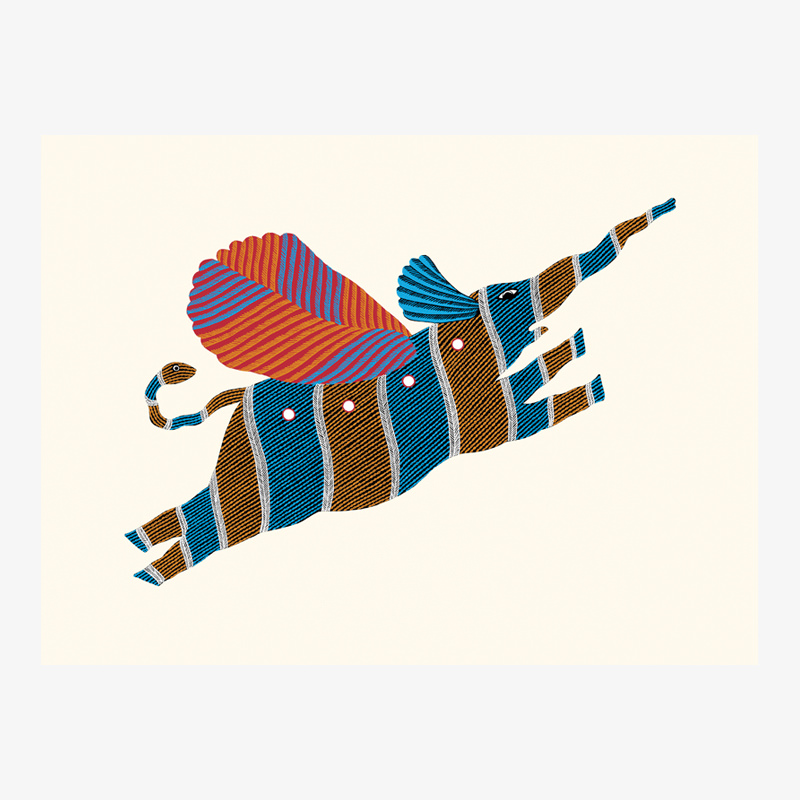19 Jul The London Jungle Book
Visual travelogue from a Gond tribal artist reverses the anthropological gaze.17 Feb What’s Special About the Bologna Book Fair?
By Gita WolfAll fairs are about making valuable professional connections… And yet there is something singular about the rich, lasting rewards that we’ve experienced from the Bologna Children’s Book Fair.
29 Jul The Past is Always Present: 28 Years of Tara Books
By Gita Wolf and V. GeethaYears later, when asked about Tara’s origins, Gita Wolf would say, “I didn’t really have a business plan, nor had I thought through all that publishing involved. As an avid child-reader fed on Anglo-Saxon books, it seemed to me that fun and adventure seemed to happen only to children in other places… and I wondered, why not right here?”
13 Mar Why Curate When You Can Publish?
By V. GeethaFor over twenty years now, we have curated exhibitions to do with our books and publishing. Some of these have focused on individual titles, others on our book-making, and yet others on broad themes that define our intertwined publishing concerns — to do with content, form and printing. As we worked on Painting Everything in the World, we pondered over these other exhibitions. What, we asked ourselves, is the relationship between curation and publishing?
24 Aug How A Potter’s Tale Took Shape
By V. GeethaOf the many titles that we have published over this quarter century, books featuring tribal and folk art outnumber all others. The artists that we have worked with come from different traditions, spread across the country, but there are almost none from southern India. Seeing Ramu Velar at work, we realised that this part of India might not have living traditions of art, but there were artisanal traditions that could furnish visual content for illustrated books.
24 Feb Making Connections: a Tribute to John Berger
By Gita Wolf & V. GeethaLike for so many others, John Berger was an inspirational figure for us, a long while before Tara was born or even thought of. It was from him that we learnt to look at and think about art in a way that no one had taught us before. As young feminists, his ideas became a kind of foundation, a place from which it was possible to set out and look at things differently.
19 Jul Becoming a Foreigner
Bhajju Shyam: I realised something strange... I myself had become a foreigner.19 Jul The King of the Underworld
Bhajju Shyam: In Gond belief, there is another world below, ruled by the earthworm — in London it is the Underground.19 Jul The Miracle of Flight
Bhajju Shyam: A plane taking off is as much of a miracle as a heavy elephant flying.- 1
- 2


